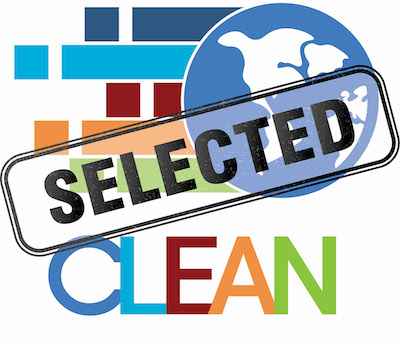
This Guide for Educators was developed by the MIT Environmental Solutions Initiative as an extension of our TILclimate (Today I Learned: Climate) podcast, to make it easier for you to teach climate change, earth science, and energy topics in the classroom. It is an extension of the TILclimate episode "TIL about cleaning up clean tech."
Browse all TILclimate guides for educators.
Description
Solar panels, wind turbines, and other ‘green’ technologies are an important part of a low-carbon future. What are the environmental and human impacts of these technologies, and how can we reduce or eliminate them? Students investigate the United Nation’s Sustainable Development Goals and the concept of supply chains.
SWBAT:
-
Name a few of the UN’s Sustainable Development Goals
-
Explain what a supply chain is
-
Understand why it is important to study supply chains
Skills:
-
Mind-mapping
-
Making connections
-
Map reading
Standards:
-
HS-ESS3-1 Construct an explanation based on evidence for how the availability of natural resources have influenced human activity.
-
HS-ESS3-4 Evaluate or refine a technological solution that reduces impacts of human activities on natural systems.
-
RST.11-12.9 Synthesize information from a range of sources into a coherent understanding of a process, phenomenon, or concept.
Disciplinary core ideas:
-
ESS2.D Weather and Climate
-
ESS3.A Natural Resources
-
ESS3.C Human Impacts on Earth Systems
-
ESS3.D Global Climate Change
What is included in this Educator Guide
- How to use TILclimate Educator Guides (Download)
- Full Educator Guide (Download)
- Includes both Teacher and Student pages
- Includes both Teacher and Student pages
- Teacher pages (Download)
- Includes materials, discussion questions, background resources, and adaptation suggestions for science, social science, and ELA teachers
- Includes materials, discussion questions, background resources, and adaptation suggestions for science, social science, and ELA teachers
- Student pages (Download)
-
While You Listen: UN Sustainable Development Goals
-
Mind Map: UN Sustainable Development Goals
-
Investigation: Solar Panel Supply Chains
-
We are proud to be selected as part of the CLEAN (Climate Literacy and Energy Awareness Network) digital collection of high-quality resources that address climate and energy-related topics and are passed through an extensive peer-review process.
Listen to the episode



